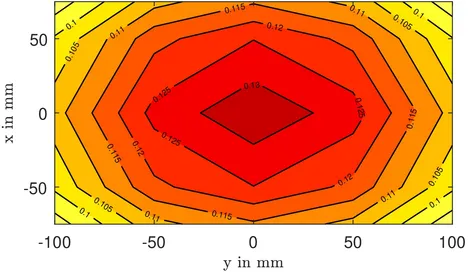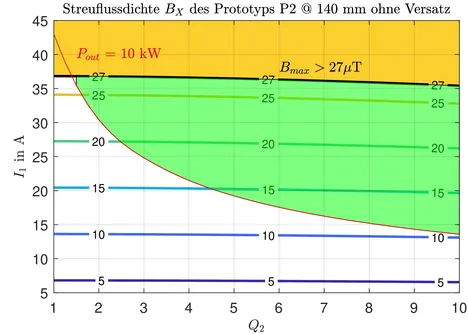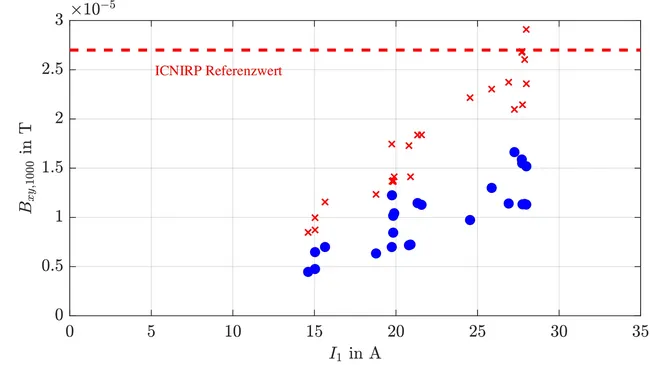Design of solenoid coils with 3D FEM simulations

A central component of a WPT transmission line are the magnetically coupled coils that transfer energy from the primary to the secondary side. Due to the high air gap (in electric vehicles) caused by the application, the magnetic coupling is low and decreases even further with parking misalignment. Using 3D FEM simulations, we are researching the design of such solenoid coils, with the goal of enabling the highest possible coupling factor for different secondary sides. Another design goal is a coupling factor that is as constant as possible regardless of the parking offset, since this can reduce the requirements on the power electronics and thus the costs of the overall system.
In addition to magnetic coupling, safety is another aspect of our research in this area. Low coupling results in high stray magnetic fluxes, which can pose a safety risk to people in the vicinity of an inductive charging station or the vehicle.

In addition to the design of the magnetic circuit and the propagation of the magnetic field, the influence of power electronic elements must be taken into account (see link to next page). The compensation topology significantly influences the load quality, which in turn, together with the current through the primary coil, determines the output power. If the compensation networks are designed with a high Q, the same output power can be achieved with less primary current, which also reduces the stray field, which is mainly caused by the primary coil current.
The current requirement on the primary side for a certain power thus depends on the air gap, offset and secondary side. For each operating point, the normative requirements must be met. Therefore, we also focus our research on measures to reduce and shield such magnetic stray fields under different (normative) requirements, which can be realized, for example, by a compromise between primary current and load quality.
